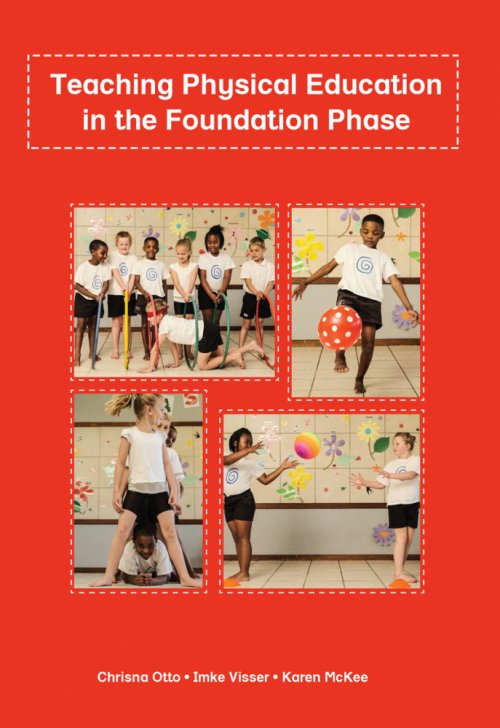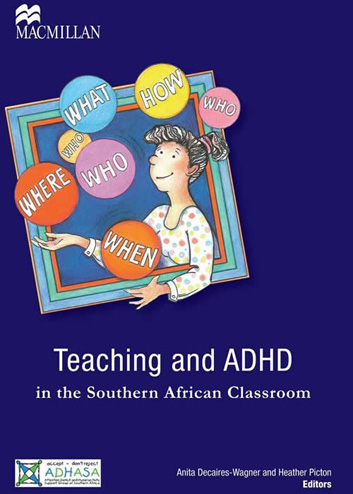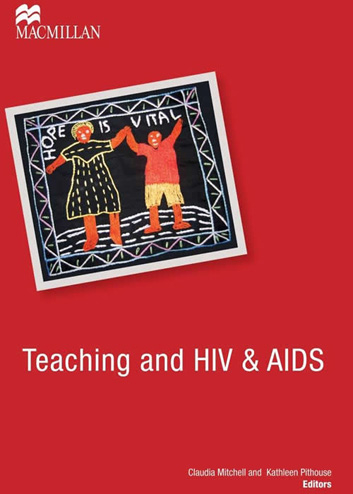
Teaching Physical Education in the Foundation Phase
| Publisher | Macmillan South Africa |
|---|---|
| Print Price | R 259.95 |
| Print ISBN | 9781431058655 |
The book is designed around the skills that are required by the Life Skills CAPS document:
- Locomotor skills
- Rhythm
- Balance
- Laterality
- Perceptual-motor skills
- Coordination
- Spacial orientation skills
- Non-locomotor movements.
As Physical Education is a CAPS requirement, teachers need to assess how learners are progressing. Sample rubrics are provided for teachers to use, as well as guidelines to create their own rubrics to assess the learners’ abilities.
With a sample weekly planner, teachers can see at a glance what will be covered in that week.
A useful table in the Introduction summarises most of the equipment that a PE teacher will need. It also gives alternatives to each item – these alternatives are inexpensive and can often be made from commonly available objects.
Warming up and cooling down are important to prevent injury. This section describes the importance of these activities, and gives suggested programmes for both.
Handling balls require many of the physical literacy skills to be combined. This section describes the skills, and
gives examples of how the practice can be made more challenging.
The CAPS document for Life Skills mentions a number of sports and games that teachers should facilitate during the year. This section of the book gives details on the objectives, rules and resources needed to play these sports and games.
All learners need to take part in Physical Education, but teachers may find it hard to adapt activities for learners with disabilities. This section gives them practical ideas on how to do so.



